Canker sore inside my cheek. Canker Sores: Causes, Symptoms, and Effective Treatment Options
What are canker sores and how do they differ from cold sores. What causes canker sores to appear in the mouth. How can you effectively treat and prevent canker sores at home. When should you see a doctor about recurring canker sores.
Understanding Canker Sores: Common Oral Ulcers
Canker sores, also known as aphthous ulcers, are small, shallow lesions that develop on the soft tissues in your mouth or at the base of your gums. Unlike cold sores, which appear on the outside of the mouth, canker sores occur only inside the mouth. They can be quite painful, especially when eating, drinking, or talking.
These sores typically appear as round or oval shapes with a white or yellow center and a red border. While they can be uncomfortable, canker sores are not contagious and usually heal on their own within a week or two without leaving any scars.
Key Characteristics of Canker Sores
- Appear inside the mouth on movable parts like cheeks, lips, and tongue
- Usually small (less than 1 cm in diameter)
- White or yellowish center with a red border
- Can be painful, especially when eating or drinking
- Not contagious
- Generally heal without treatment in 1-2 weeks
Identifying Canker Sore Symptoms
Recognizing the symptoms of canker sores can help you differentiate them from other oral conditions. The development of a canker sore often follows a predictable pattern:

- Initial tingling or burning sensation in the affected area
- Appearance of a small red bump
- Eruption of the bump into an open, shallow sore
- Gradual healing over 1-2 weeks
Is it possible to have multiple canker sores at once? Yes, while canker sores often appear individually, some people may experience clusters of these ulcers. This can be particularly uncomfortable and may warrant medical attention if it significantly impacts eating or speaking.
Common Causes and Risk Factors for Canker Sores
The exact cause of canker sores remains unknown, but several factors may contribute to their development:
- Minor mouth injuries (e.g., from biting your cheek or aggressive tooth brushing)
- Stress and anxiety
- Hormonal changes, particularly in women
- Nutritional deficiencies (especially iron, vitamin B12, and folic acid)
- Food sensitivities or allergies
- Certain medical conditions (e.g., celiac disease, inflammatory bowel disease)
- Genetic predisposition
Are certain individuals more prone to developing canker sores? Research suggests that canker sores are more common in females and typically begin to appear between the ages of 10 and 20. Additionally, people with a family history of canker sores may be more likely to develop them.
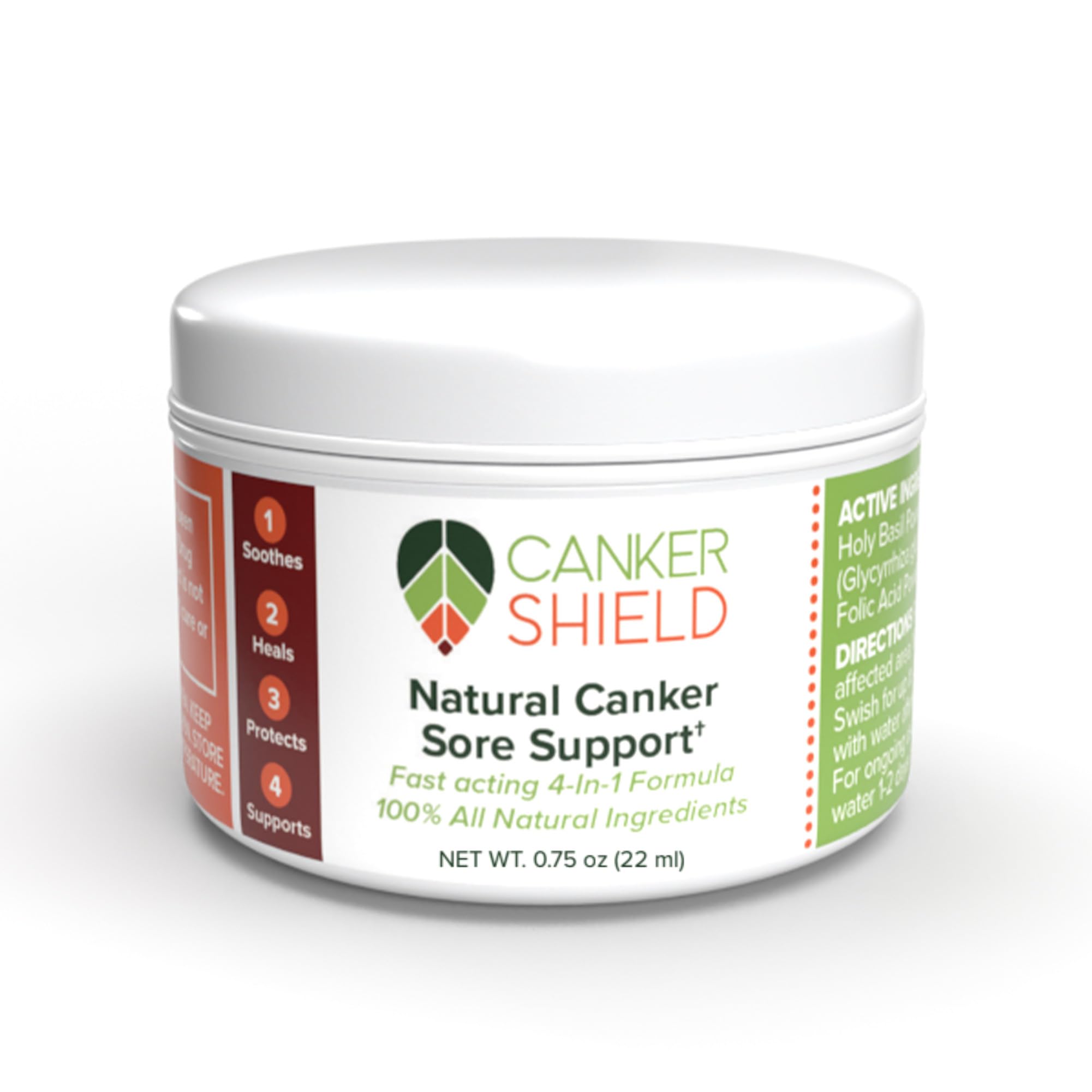
Differentiating Canker Sores from Cold Sores
Canker sores are often confused with cold sores, but these two conditions have distinct differences:
| Characteristic | Canker Sores | Cold Sores |
|---|---|---|
| Location | Inside the mouth | Outside the mouth, typically on or around the lips |
| Appearance | Round with white/yellow center and red border | Cluster of fluid-filled blisters |
| Contagious | No | Yes (caused by herpes simplex virus) |
| Pain level | Can be quite painful | Often accompanied by tingling or burning |
Why is it important to distinguish between canker sores and cold sores? Proper identification ensures appropriate treatment and prevents unnecessary concern about contagiousness. While cold sores are highly contagious and caused by a virus, canker sores are not contagious and have different underlying causes.
Effective Home Remedies and Treatments for Canker Sores
While canker sores typically heal on their own, several home remedies and over-the-counter treatments can help alleviate discomfort and promote faster healing:
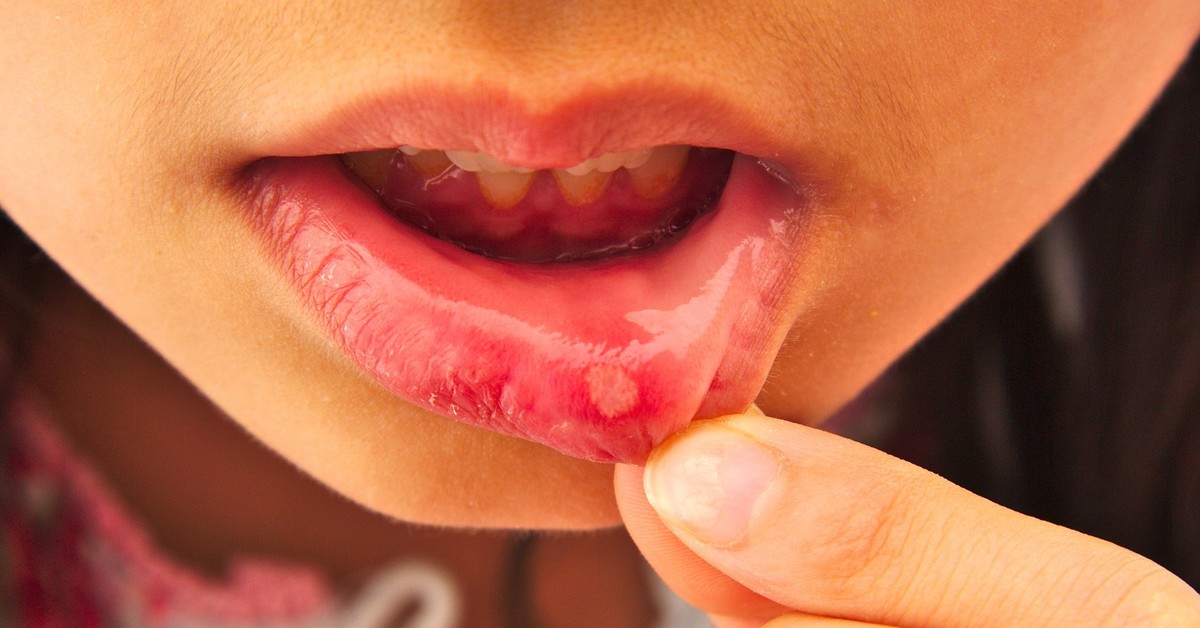
- Saltwater rinse: Dissolve 1/2 teaspoon of salt in a cup of warm water and swish it around your mouth.
- Baking soda paste: Mix baking soda with a small amount of water to create a paste and apply it to the sore.
- Over-the-counter topical treatments: Look for products containing benzocaine or hydrogen peroxide.
- Ice chips: Slowly dissolve ice chips in your mouth to numb the area and reduce inflammation.
- Honey: Apply a small amount of honey to the sore for its natural antibacterial properties.
- Vitamin B12 supplements: Some studies suggest that B12 supplements may help prevent recurrent canker sores.
Can dietary changes help prevent canker sores? Yes, avoiding foods that seem to trigger outbreaks and maintaining a balanced diet rich in vitamins and minerals may help reduce the frequency of canker sores. Additionally, using a soft-bristled toothbrush and avoiding toothpaste containing sodium lauryl sulfate (SLS) may be beneficial.
When to Seek Medical Attention for Canker Sores
While most canker sores heal without medical intervention, certain situations warrant a visit to your healthcare provider:
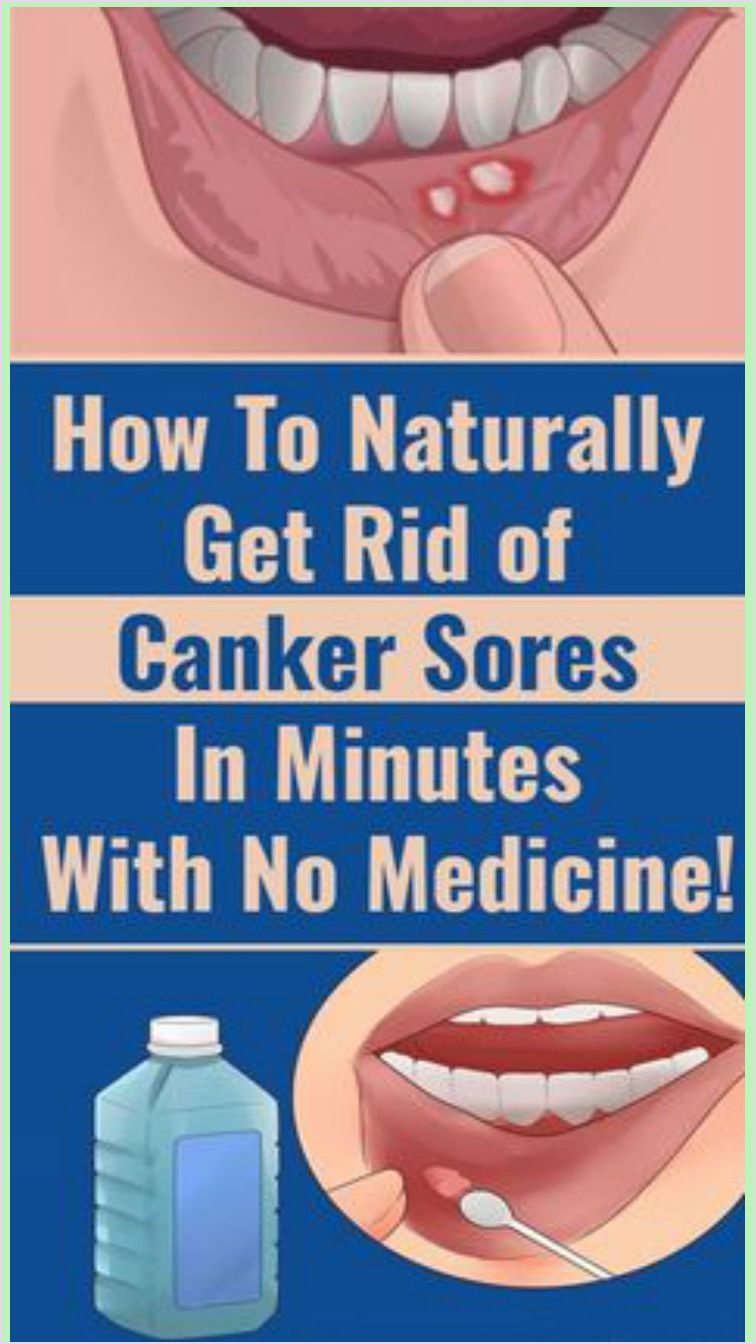
- Sores that are unusually large (larger than 1 cm in diameter)
- Extremely painful sores that interfere with eating or drinking
- Sores that persist for more than two weeks
- Frequent recurrences (more than 2-3 times per year)
- Sores accompanied by fever or other systemic symptoms
How do doctors diagnose and treat severe or recurring canker sores? In most cases, a visual examination is sufficient for diagnosis. However, if canker sores are severe or frequent, your doctor may recommend blood tests to check for underlying conditions or nutritional deficiencies. Treatment options for severe cases may include prescription mouthwashes, topical corticosteroids, or systemic medications to modulate the immune system.
Preventing Canker Sores: Lifestyle and Dietary Considerations
While it’s not always possible to prevent canker sores, certain lifestyle and dietary changes may help reduce their frequency:
- Practice good oral hygiene, but avoid harsh brushing
- Use a soft-bristled toothbrush and toothpaste without SLS
- Eat a balanced diet rich in fruits, vegetables, and whole grains
- Identify and avoid foods that seem to trigger outbreaks
- Manage stress through relaxation techniques or exercise
- Consider taking vitamin supplements, especially B12, iron, and folic acid
- Protect your mouth from injury during sports or other activities
Is there a connection between stress and canker sores? Many people report an increase in canker sores during stressful periods. While the exact mechanism is not fully understood, stress may weaken the immune system or lead to behaviors that increase the risk of mouth injuries, both of which can contribute to canker sore development.

Understanding the Impact of Canker Sores on Quality of Life
While canker sores are generally not serious, they can significantly impact an individual’s quality of life, especially when severe or recurrent. The pain associated with these sores can make eating, drinking, and even speaking uncomfortable, potentially affecting nutrition and social interactions.
For children and teenagers, frequent canker sores may lead to embarrassment or social anxiety. In adults, severe outbreaks can interfere with work performance and daily activities. Understanding the potential psychological and social impacts of canker sores highlights the importance of effective management and prevention strategies.
Coping Strategies for Living with Recurrent Canker Sores
- Keep a food diary to identify potential triggers
- Develop a oral care routine that minimizes irritation
- Have OTC treatments on hand for quick relief
- Practice stress-management techniques
- Communicate with friends, family, or coworkers about the condition to reduce social anxiety
How can healthcare providers support patients with chronic canker sores? A comprehensive approach that addresses both the physical symptoms and potential psychological impacts is crucial. This may include exploring underlying causes, providing effective treatments, and offering resources for coping with the condition’s impact on daily life.
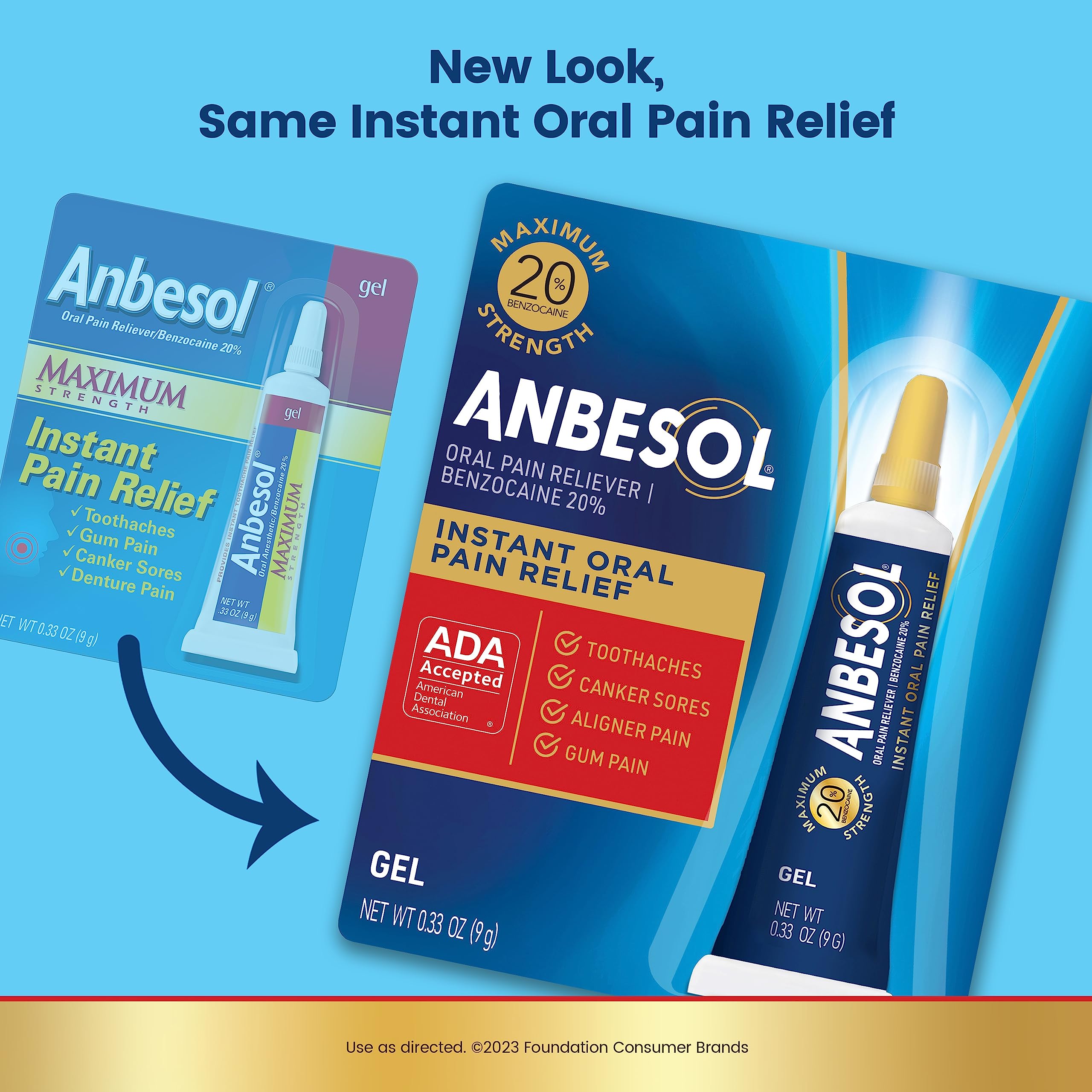
Emerging Research and Future Treatments for Canker Sores
As our understanding of canker sores evolves, researchers continue to explore new treatment options and preventive strategies. Some areas of ongoing research include:
- The role of the microbiome in canker sore development
- Genetic factors that may predispose individuals to recurrent canker sores
- Novel topical treatments with enhanced healing properties
- Systemic medications that modulate the immune response
- The potential of probiotics in preventing canker sores
What promising developments are on the horizon for canker sore treatment? While research is ongoing, some potential future treatments include:
- Targeted immunomodulatory therapies
- Personalized prevention strategies based on genetic profiles
- Advanced wound-healing technologies
- Improved drug delivery systems for more effective topical treatments
These developments hold promise for more effective management of canker sores, particularly for those who suffer from frequent or severe outbreaks.

In conclusion, while canker sores can be a nuisance, understanding their causes, symptoms, and treatment options can help individuals manage this common oral condition more effectively. By implementing preventive strategies, utilizing appropriate treatments, and seeking medical attention when necessary, most people can minimize the impact of canker sores on their daily lives. As research continues to advance, we can look forward to even more effective ways to prevent and treat these troublesome ulcers in the future.
Canker Sores (for Teens) – Nemours KidsHealth
What Are Canker Sores?
If you’ve ever had those open, shallow sores in your mouth and taken a gulp of orange juice, you know what a pain canker sores can be.
Canker sores (also known as aphthous ulcers) only happen inside the mouth. You can get them on or under the tongue and on the inside of the cheeks and lips — the parts of the mouth that can move. They usually pop up alone, but sometimes they show up in small clusters.
The good news is that they usually go away on their own without treatment.
What Are the Signs of a Canker Sore?
Your mouth might tingle or burn before a canker sore appears. Soon, a small red bump rises. Then after a day or so it bursts, leaving an open, shallow white or yellowish wound with a red border.
The sores are often painful and can be up to half an inch across, although most of them are much smaller. Aside from the annoying pain in the mouth, you’ll generally feel OK.
Canker sores are not
contagiouslike some other mouth sores, such as cold sores. You can’t get canker sores by sharing food or kissing someone.
If you have a sore and you’re wondering if it’s a cold sore or a canker sore, just look at where it shows up: Cold sores usually appear outside the mouth, around the lips, chin, or nostrils. Canker sores are always found inside the mouth.
Who Gets Canker Sores?
Canker sores usually begin showing up between the ages of 10 and 20, although they can happen at any time in a person’s life. They’re fairly common: About 1 in 5 people get them on a regular basis.
About twice as many women as men get them. Doctors think that may be due to the differences in male and female hormones, especially because women often get them during certain times in their menstrual cycle.
What Causes Canker Sores?
No one knows exactly what causes them. But they can run in families. That means if your parents or siblings get canker sores, the genes you share with them make it more likely that you’ll develop the sores too.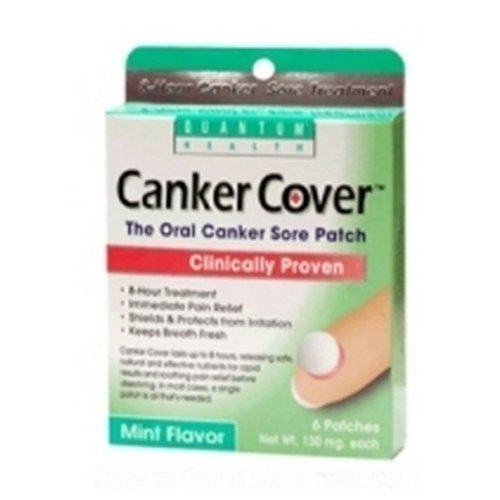
There may be a connection between canker sores and stress. If you get canker sores around exam time or some other big event in your life, it may be a sign of how much stress you’re under.
Mouth injuries (like biting the inside of the lip or even brushing too hard and damaging the delicate lining inside the mouth) also seem to bring on canker sores. Sodium lauryl sulfate (SLS), an ingredient in many toothpastes and mouthwashes, has been linked to canker sores, and sometimes the sores can be a sign of an immune system problem.
Finally, not getting the right nutrition (such as not getting enough iron or vitamin B12) also might contribute to some cases of canker sores.
P
How Are Canker Sores Diagnosed?
Canker sores are fairly common, but that doesn’t mean they should be ignored. If you have sores that last longer than 2 weeks or you can’t eat or drink because of the pain, call your doctor. Also call if you get the sores more than two or three times a year.
Usually, no tests are needed to diagnose canker sores. Your doctor can identify them based on your medical history and physical exam alone.
In some cases, doctors may want to do blood tests to find out if another condition — like a vitamin deficiency, a problem with your immune system, or even a food allergy — could be contributing to the sores.
How Are Canker Sores Treated?
Most canker sores will heal on their own in a few days to a couple of weeks. While you’re waiting for them to disappear, you can take an over-the-counter pain reliever like ibuprofen or acetaminophen for the pain.
You’ll also want to watch what you eat. Spicy foods and acidic foods such as lemons or tomatoes can be extremely painful on these open wounds. Stay away from hard, scratchy, or crunchy foods like nuts, toast, pretzels, or potato chips for a while. They can poke or rub the sore.
Be careful when you brush your teeth. Brush and rinse with toothpastes and mouthwashes that don’t contain SLS.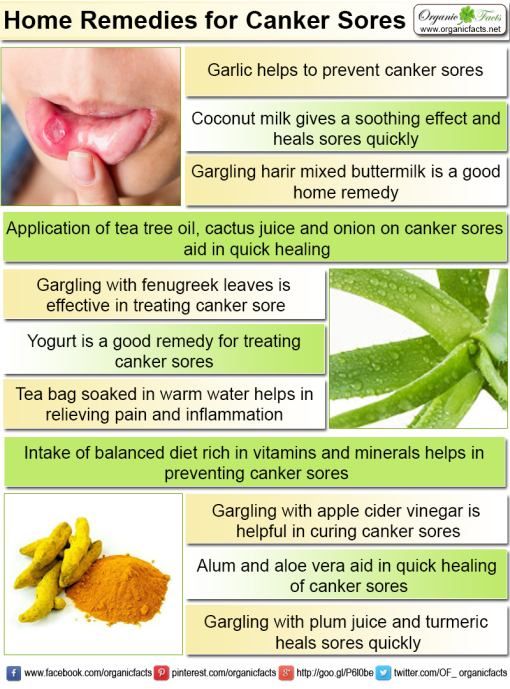 And avoid brushing the sore itself with a toothbrush, which will make it worse.
And avoid brushing the sore itself with a toothbrush, which will make it worse.
If you have canker sores that do not get better after a few weeks, if the sores keep coming back, or if they make you feel so sick that you don’t want to eat, call your doctor or dentist. He or she may prescribe a topical medicine or special mouthwash to help heal the sores.
For medicines that are applied directly to the sore, first blot the area dry with a tissue. Use a cotton swab to apply a small amount of the medicine, and don’t eat or drink for at least 30 minutes to make sure it isn’t washed away.
They can certainly be a pain, but in most cases canker sores aren’t serious and should go away on their own.
Canker Sores 101: Causes & Treatment
CS-Blog
Cedars-Sinai Blog
Feb 07, 2019
Cedars-Sinai Staff
Canker sores can have several causes or triggers.
Canker sores, also called aphthous ulcers, are small, painful sores that appear inside the mouth on the lips, cheeks, on the gums, and tongue.
They are appropriately named, too: In Greek, aphthae (root of aphthous) means “to set on fire.”
Canker sores are not contagious and can’t be spread through saliva.
Most of us get canker sores from time to time; some of us get them over and over.
Either way, you want to get rid of them as quickly as possible. We talked to doctors to find out where canker sores come from, how to avoid them, and what to do if you get one.
Why do we get canker sores?
No one knows exactly what causes most canker sores, but we know they’re not contagious and can’t be spread through saliva.
They can be the result of an injury, like when you accidentally bite your cheek or when braces catch or rub against the inside of the cheeks or back of the lips, but often they appear seemingly out of nowhere.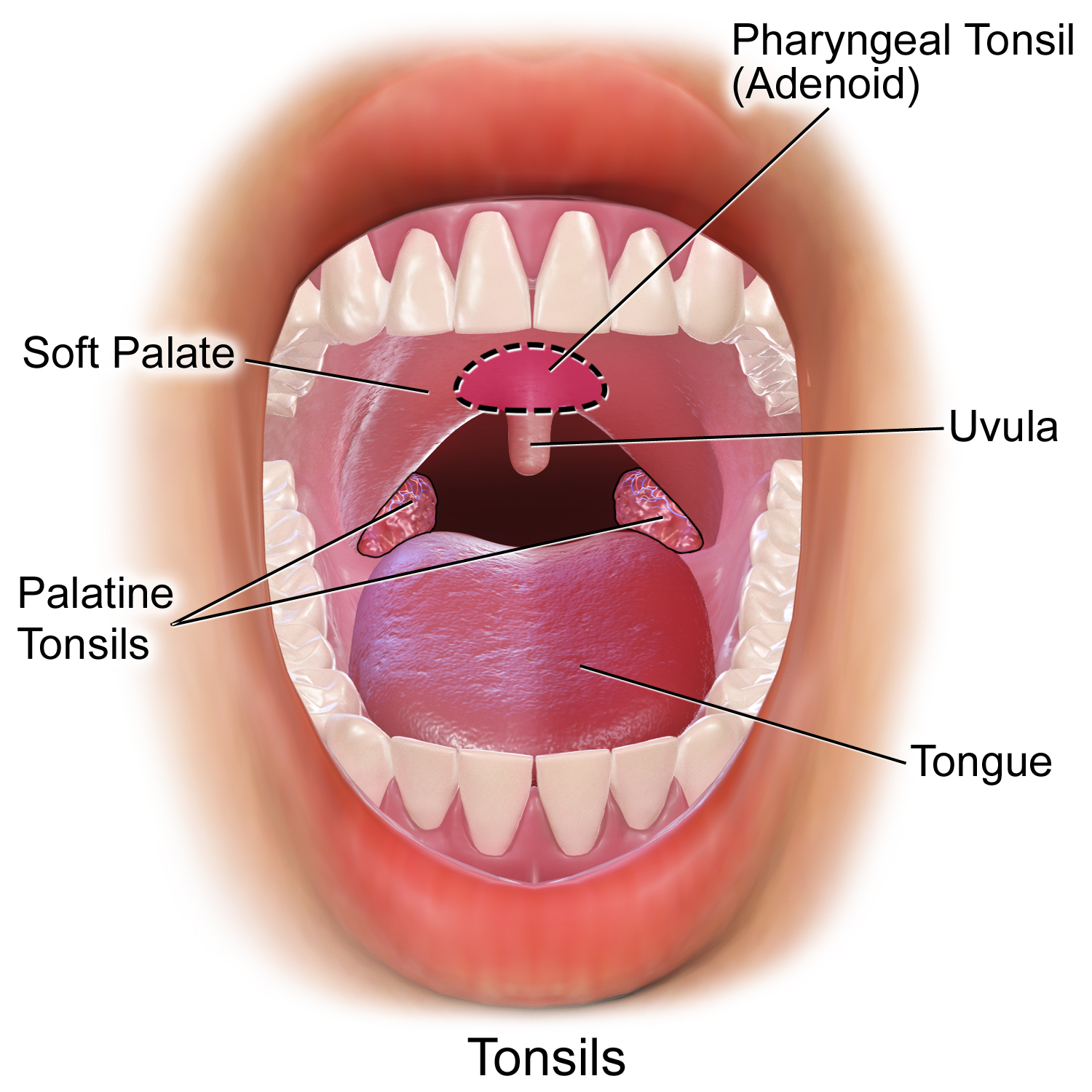
They can be triggered by a number of things, like a weak immune system, dehydration, allergies, stress, and even medication.
Other common causes of canker sores:
- Hormonal shifts during menstrual cycle
- A diet lacking in vitamin B-12, zinc, folic acid, or iron
- Genetics
- Sensitivity to chocolate, coffee, strawberries, eggs, nuts, cheese, or spicy or acidic foods
- Toothpaste containing sodium lauryl sulfate
Certain medical conditions may also cause canker sores. Inflammatory bowel diseases like ulcerative colitis or Crohn’s disease can be a culprit. People with herpes and HIV/AIDS may get canker sores because their immune systems are more vulnerable.
Read: How Much Do You Know About Herpes?
Do I have a canker sore or cold sore?
Unlike cold sores, canker sores don’t occur on the external surface of your lips (outside the mouth).
“Even though canker sores and cold sores can have the same triggers, canker sores are not contagious,” says Dr.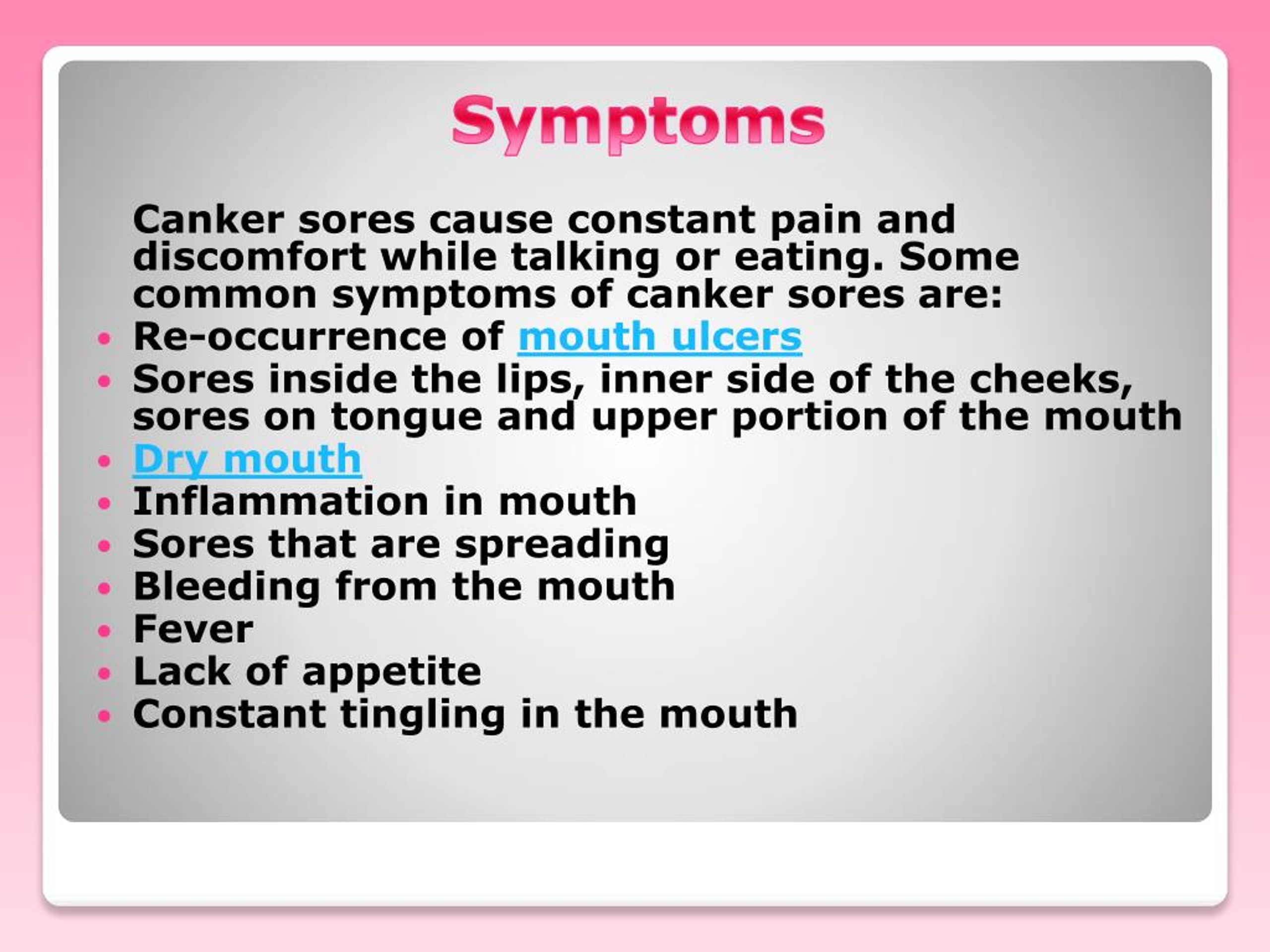 Varinthrej Pitis. “There is no virus or bacteria associated with them. They tend to go away on their own within 10 days, and they’re not life-threatening.”
Varinthrej Pitis. “There is no virus or bacteria associated with them. They tend to go away on their own within 10 days, and they’re not life-threatening.”
What can I do about canker sores?
Avoid canker sores with these tips:
- Brush and floss after meals to keep your mouth clean and free of excess foods.
- Use a soft toothbrush to prevent irritation to your mouth and gums.
- Use orthodontic waxes to cover up any sharp edges on braces or other dental devices.
- Practice stress-reduction techniques, such as meditation.
- Keep a food diary. You may find connections between when canker sores appear and what you eat.
“I’d also stay away from mouthwash,” says Dr. Nitin Kapur, primary care physician. “I get we all like that minty taste, but mouthwash is alcohol-based and that can cause a lot of irritation.”
Read: Don’t Mistake These Skin Conditions for Acne
When to see a doctor about canker sores?
If the canker sore is unusually large, lasts 2 weeks or more, extends to the lips, makes it very difficult to eat or drink, or if you develop a fever, seek the advice of your primary care doctor, a dentist, or dermatologist.
“Most people who get reoccurring canker sores will get them 2-3 times a year, on and off, starting by the time they’re 30 years old,” says Dr. Kapur. “But if you’re older and getting them for the first time, that may be an indication something else is going on, so you’ll want to seek medical advice.”
causes and treatment (Well, you and an ulcer! Where do sores in the mouth come from and how to get rid of them)
Each of us met with mouth ulcers at least once in our lives. These unpleasant pimples can occur almost anywhere in the oral cavity: on the cheeks, tongue, gums, palate. For what reason they arise, what to do with them and why in the spring and during stressful situations we are vulnerable to their appearance, says Ekaterina Andreevna Smirnova, Candidate of Medical Sciences, dentist at the Studio32 Expert Dentistry Center.
Ulcers in stomatitis
Sores on the mucous membrane in the mouth can appear for several reasons.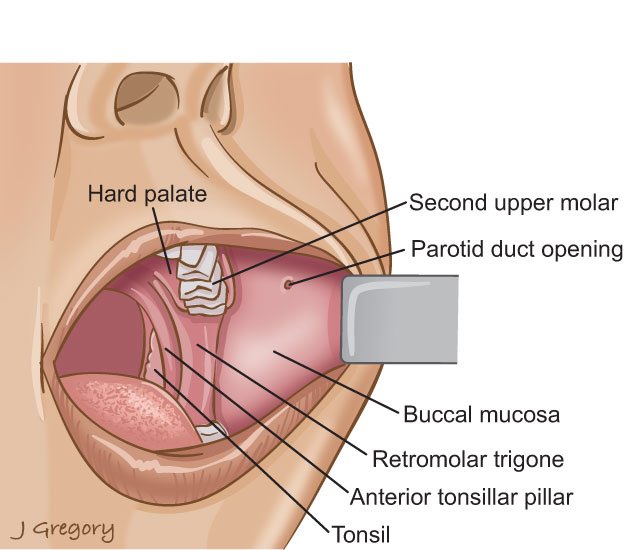 One of them is a decrease in human immunity. The inhibition of the protective properties of the body may be associated with seasonal changes, acute stressful situations, prolonged emotional overstrain, as well as malfunctions of the endocrine system or systemic diseases, such as, for example, tuberculosis and syphilis. It is with the suppression of immunity that the appearance of stomatitis and herpetic sores is associated.
One of them is a decrease in human immunity. The inhibition of the protective properties of the body may be associated with seasonal changes, acute stressful situations, prolonged emotional overstrain, as well as malfunctions of the endocrine system or systemic diseases, such as, for example, tuberculosis and syphilis. It is with the suppression of immunity that the appearance of stomatitis and herpetic sores is associated.
Aphthous stomatitis is one of the most common types of lesions of the oral mucosa. White or yellow in the center and red along the edges of sores from 3 to 10 mm (scientifically called aphthae) can appear on the tongue, inside of the cheeks, palate and at the base of the gums. As a rule, they cause moderate soreness and heal within 7-10 days. But there are also larger aphthae that hurt a lot, heal longer and require more careful attention and treatment.
Aphthous stomatitis is not an infection, therefore it is not transmitted by kissing or through dishes. What can not be said about herpetic stomatitis. It is caused by a virus and is therefore extremely contagious. Unlike aphthous, herpetic stomatitis is not manifested by sores, but by painful vesicles that pour out on the oral mucosa.
What can not be said about herpetic stomatitis. It is caused by a virus and is therefore extremely contagious. Unlike aphthous, herpetic stomatitis is not manifested by sores, but by painful vesicles that pour out on the oral mucosa.
Ulcers due to trauma
Another reason for the appearance of ulcers is trauma to the oral mucosa, as a result of which the infection enters the wound. Most often this occurs if a person, for example, bites his nails, or has a habit of biting the tip of a pen or pencil. At risk are lovers of seeds and hard toothbrushes. It is a misconception that the harder the brush, the cleaner the teeth will be. Not at all, but injuring the gums and causing inflammation is very real. Ulcers caused by microtraumas usually occur on the tongue and gums, that is, in those places where there is contact with the aggressor from the outside.
The mucosa can also be injured due to malocclusion. Wounds on the cheeks and on the side of the tongue can cause anxiety when a person constantly bites his cheek and tongue. In addition, during a stressful situation during a period of psycho-emotional stress, in which we are all now due to a pandemic and quarantine, some people experience uncontrolled biting, a kind of “laying their cheeks”, tongue or lips between their teeth. These factors can exacerbate the appearance of wounds during the isolation period.
In addition, during a stressful situation during a period of psycho-emotional stress, in which we are all now due to a pandemic and quarantine, some people experience uncontrolled biting, a kind of “laying their cheeks”, tongue or lips between their teeth. These factors can exacerbate the appearance of wounds during the isolation period.
Manifestation of inflammatory processes in the gums
Ulcers often include inflammation of the gums, in particular the formation of a fistula. If a person has chronic inflammation on the root of the tooth, during the period of its exacerbation, a wound may appear on the gum, so the abscess on the root of the tooth opens the fistulous passage outward. Here, of course, one cannot do without professional treatment and elimination of the root cause.
How to treat “pimples” on mucous membranes
The appearance of sores in the mouth is not a reason to panic, but you should not leave everything to chance either. If the wounds are small and do not cause much concern, then they do not require special treatment. Will be gone in 1-2 weeks. At home, you can rinse your mouth with a decoction of chamomile, which has a mild antiseptic effect. It must be remembered that excessive use of antiseptics can cause burns to the oral mucosa. It is definitely impossible to “fill in” with chlorhexidine or rinse your mouth with hydrogen peroxide. Miramistin works quite well, this antiseptic is designed just for mucous membranes, so it acts sparingly. Alternatively, you can use antiseptic prophylactic rinses such as Listerine, Forest Balsam, Paradontex, and so on. Of the gels, Holisal, Metrogil Denta works well.
If the wounds are small and do not cause much concern, then they do not require special treatment. Will be gone in 1-2 weeks. At home, you can rinse your mouth with a decoction of chamomile, which has a mild antiseptic effect. It must be remembered that excessive use of antiseptics can cause burns to the oral mucosa. It is definitely impossible to “fill in” with chlorhexidine or rinse your mouth with hydrogen peroxide. Miramistin works quite well, this antiseptic is designed just for mucous membranes, so it acts sparingly. Alternatively, you can use antiseptic prophylactic rinses such as Listerine, Forest Balsam, Paradontex, and so on. Of the gels, Holisal, Metrogil Denta works well.
Drugs should be used in a rationed and yet under control. Even in isolation due to the coronavirus, you can consult with a specialist remotely. For example, on Yandex Health there is an opportunity to ask the dentist your questions online. Based on the description of the symptoms and photos, the doctor will be able to give recommendations on therapy.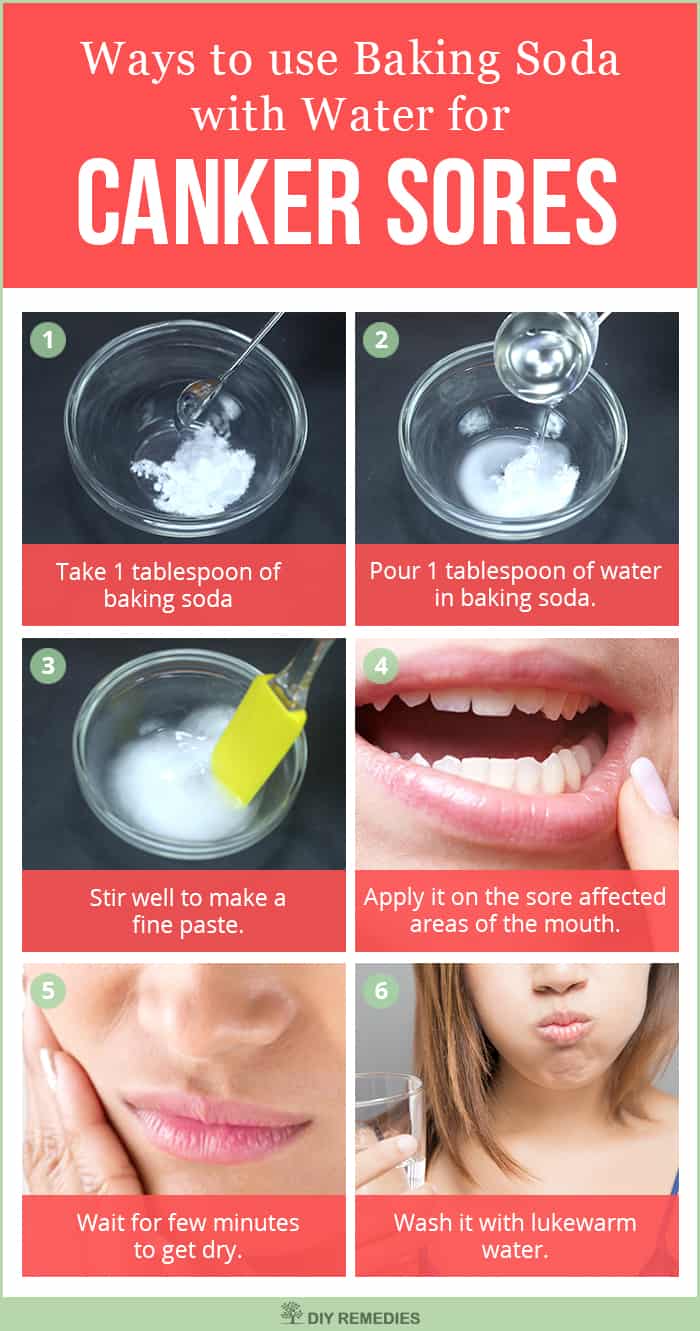
It is necessary to consult a dentist if there is no improvement within a week, if the ulcers are large, very painful or accompanied by fever.
Until recovery, spicy, acidic and rough foods should be avoided. It is better to give up chewing gum, and do not brush your teeth with hard brushes.
If sores in the mouth occur periodically, it is worth thinking about the correct selection of preventive hygiene products: pastes and brushes.
Do not forget about strengthening the immune system, the state of which is closely related to the state of our nervous system. Against the background of stress and tension, not only sores can occur, but also bleeding gums – this is what was called scurvy in the Soviet Union in wartime, and in modern dentistry it is called gingivitis. The elimination of gingivitis, as well as aphthous stomatitis, largely depends on the normalization of personal oral hygiene.
White dot inside the cheek: causes, symptoms and treatment
White dot inside the cheek can be a sign of various problems such as canker sores, herpes or oral cancer. Learn about the causes, symptoms, and treatment of whiteheads inside the cheeks and consult your doctor for an accurate diagnosis and treatment recommendations.
Learn about the causes, symptoms, and treatment of whiteheads inside the cheeks and consult your doctor for an accurate diagnosis and treatment recommendations.
A white dot on the inside of the cheek can be a sign of various oral problems. It can result from irritation or infection of the mucous membrane. It can also be a manifestation of various diseases, such as aphthous stomatitis or a herpes infection. It is important to pay attention to this symptom, as it may indicate a serious problem that requires medical attention.
The symptoms of a white spot inside the cheek can vary depending on the cause of the white spot. One of the most common symptoms is pain. When touching a point or when eating and talking, unpleasant sensations may occur. In addition, there may be swelling and redness of the surrounding tissues. In some cases, the point may have a smooth or rough surface and be covered with a white coating.
The treatment of the white spot inside the cheek depends on its cause.:max_bytes(150000):strip_icc()/stages-of-a-cold-sore-outbreak-4173005-5c1a8ad0c9e77c0001e31b0e.png) If the point is caused by an infection, then antiviral or antibacterial drugs may be prescribed. In the case of aphthous stomatitis, the use of anti-inflammatory drugs or antiseptic mouthwashes may be recommended. It is also important to follow the rules of oral hygiene, brush your teeth regularly and use dental floss to remove bacteria and food debris.
If the point is caused by an infection, then antiviral or antibacterial drugs may be prescribed. In the case of aphthous stomatitis, the use of anti-inflammatory drugs or antiseptic mouthwashes may be recommended. It is also important to follow the rules of oral hygiene, brush your teeth regularly and use dental floss to remove bacteria and food debris.
Causes of a white spot inside the cheek
A white spot inside the cheek can be the result of various causes. One of the most common causes is aphthous stomatitis. This is an inflammatory disease of the oral mucosa, which is characterized by the appearance of ulcers. A white dot inside the cheek may be one such sore.
Another possible cause of a white spot inside the cheek is trauma. Mechanical damage to the mucous membrane, for example, when biting the cheek or when using spicy food, can lead to the formation of a white dot.
Also, a white spot inside the cheek can be the result of herpetic stomatitis.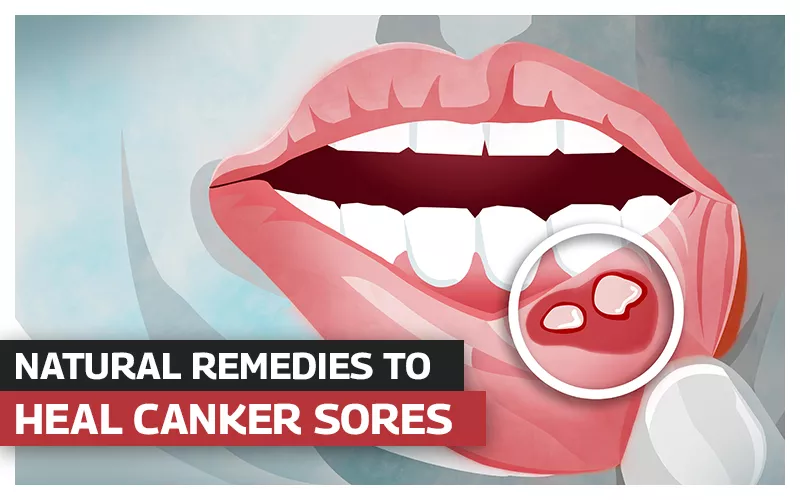 This is a viral disease caused by the herpes virus. It is characterized by the appearance of painful sores on the oral mucosa, including the cheeks.
This is a viral disease caused by the herpes virus. It is characterized by the appearance of painful sores on the oral mucosa, including the cheeks.
Mucosal cystadenoma can be another possible cause of a white spot inside the cheek. This is a benign tumor that can form in the salivary glands. In some cases, this swelling may appear as a white dot inside the cheek.
Symptoms of a white spot inside the cheek
A white spot inside the cheek can be a symptom of various conditions or diseases. It can appear as a result of injury, infection, or other causes. Outwardly, it looks like a small white or yellow spot, which may or may not be painful.
One symptom of a white spot inside the cheek may be pain or discomfort when eating or talking. This may be due to the fact that the point is in close proximity to the buccal mucosa and its irritation can cause discomfort.
Another symptom may be swelling or redness in the area of the white dot. This may be a sign of inflammation or infection that caused the point to appear. If the swelling or redness gets worse or is accompanied by other symptoms, you should see a doctor for diagnosis and treatment.
If the swelling or redness gets worse or is accompanied by other symptoms, you should see a doctor for diagnosis and treatment.
There may also be tongues or sores around the white dot. This may be a sign of an ulcer or ulcerative lesion of the buccal mucosa. Ulcers can be painful and make eating and talking difficult.
If you notice a white dot on the inside of your cheek and have any of these symptoms, it is recommended that you see your dentist or doctor for diagnosis and appropriate treatment.
How to Diagnose a White Spot Inside the Cheek
A white spot inside the cheek can be a sign of various oral conditions and diseases. To diagnose and determine the cause of the appearance of a white dot, you must contact a dentist or an otolaryngologist.
Diagnosis begins with an examination of the oral cavity and a visual examination of the white spot. The doctor may use a probe to examine the affected area in more detail. He may also ask questions about symptoms and how long the white dot has been present.
For a more accurate diagnosis, the doctor may prescribe additional tests. Possible methods are a biopsy, in which a tissue sample is taken for laboratory analysis, or an x-ray to examine bone structures. A CT scan may also be required to obtain more detailed information about the condition of the oral cavity.
After diagnosing and determining the cause of the appearance of a white dot inside the cheek, the doctor will prescribe the appropriate treatment. Treatment may include topical medications, antibiotics, surgery, or other methods, depending on the specific diagnosis.
Treatment of white spot inside the cheek
White spot inside the cheek can be a sign of various problems in the oral cavity. To successfully treat this problem, it is necessary to determine its cause. In most cases, a white dot inside the cheek is the result of the development of aphthous stomatitis or mucositis. For the treatment of such conditions, it is recommended to use anti-inflammatory and antiviral drugs that will help eliminate inflammation and speed up wound healing.
If the white dot inside the cheek is caused by an injury or ulcer, steps should be taken to speed up the healing process. In this case, topical antiseptics such as chlorhexidine or miramistin can be used to prevent infection and promote wound healing.
In some cases, a white dot inside the cheek may be a sign of a tumor or cyst. In such cases, treatment will depend on the type and characteristics of the tumor. Surgery is usually required to remove the tumor or cyst.
It is important to remember that self-treatment can be dangerous, so if white spots appear inside the cheek, it is recommended to consult a dentist. Only a qualified specialist will be able to determine the cause of the problem and prescribe an effective treatment.
Prevention of the appearance of a white spot inside the cheek
The appearance of a white spot inside the cheek can be an unpleasant and painful process. However, following certain precautions can significantly reduce the risk of this phenomenon.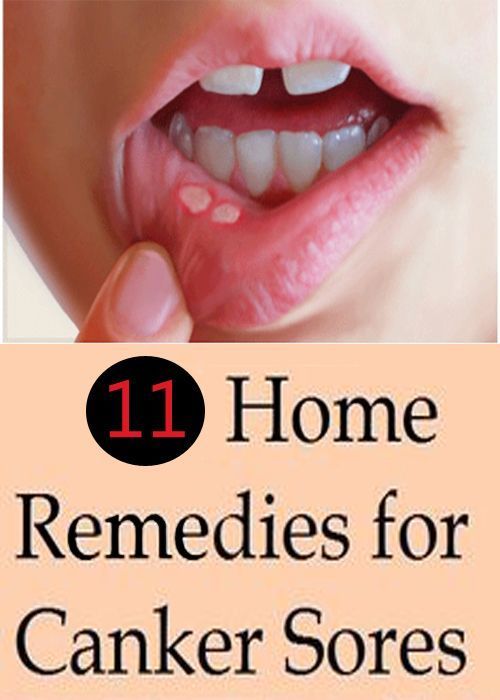
First, regular and proper oral care is the foundation of prevention. Brushing your teeth regularly after every meal, using dental floss and mouthwash will help prevent bacteria buildup and white dot formation.
Secondly, it is important to watch your diet. Avoid eating spicy and hot foods that can irritate the buccal mucosa and contribute to the formation of a white spot. Regular consumption of fresh vegetables and fruits, rich in vitamins and antioxidants, will help strengthen the immune system and prevent the development of inflammatory processes.
You should also pay attention to your habits. Avoid smoking and drinking alcohol, as they can negatively affect the condition of the mucous membrane and contribute to the formation of a white spot. Remember that stress and lack of sleep can also weaken the immune system and increase the risk of oral inflammation.
Finally, regular visits to the dentist are an important part of white dot prevention. The specialist will be able to detect problems in the early stages and offer effective treatment. It is recommended to visit the dentist at least twice a year.
It is recommended to visit the dentist at least twice a year.
In general, good oral hygiene, proper nutrition, avoiding bad habits and regular visits to the dentist will help prevent white spots inside the cheek and maintain overall oral health.
When to see a doctor
If you find a white dot inside your cheek, it is important to see a doctor for professional advice and diagnosis. The need to see a doctor arises in the following cases:
- If the white dot on the inside of the cheek does not disappear within a few weeks or increases in size.
- If the white dot causes pain or discomfort when talking or eating.
- If you find an ulcer or sore around the white spot.
- If the white dot is accompanied by other symptoms such as bleeding, swelling or discoloration of the buccal mucosa.
Your doctor will do a physical exam, ask you questions about your symptoms and medical history, and may order additional tests, such as a biopsy or blood tests, if necessary. Seeing a doctor early will allow you to identify possible causes of the white dot and start treatment at an early stage, which increases the chances of a full recovery.
Seeing a doctor early will allow you to identify possible causes of the white dot and start treatment at an early stage, which increases the chances of a full recovery.
Possible complications of intracheek white dot
Intracheek white dot can cause some complications if left unattended or treated appropriately. Some of the possible complications are:
- Infection: If the white dot inside the cheek is left untreated, there is a risk of infection. Bacteria can get into the wound and cause inflammation, which can lead to soreness, swelling, and redness in the area.
- Abscess: If the infection continues, an abscess, a cavity filled with purulent fluid, may form. An abscess can be painful and may require drainage or antibiotics to treat.
- Tumor development: In some cases, the white dot inside the cheek may be a tumor or cyst. If it is not treated, it may continue to grow and cause discomfort.
 In such cases, it may be necessary to remove the tumor surgically.
In such cases, it may be necessary to remove the tumor surgically. - Scarring: After removing the white dot, a scar may remain inside the cheek. This is especially likely if the removal was performed surgically. The scar may be visible and cause cosmetic discomfort.
In the event of a white dot on the inside of the cheek, it is recommended to consult a doctor to receive appropriate treatment and prevent possible complications.
Oral Care Tips to Prevent Intra-Cheek White Spot
1. Brush your teeth and mouth regularly. Daily brushing after each meal helps remove food debris and bacteria that can lead to infection and white spots inside the cheek. Use a soft toothbrush and floss to clean between your teeth.
2. Periodically rinse your mouth. Using antiseptic mouthwashes can help kill bacteria and prevent infection. Rinsing your mouth can be done after every meal or several times a day, especially if you have a tendency to develop white spots inside your cheeks.
3. Avoid traumatic actions on the oral mucosa. When chewing food or using a toothbrush, be careful not to damage the oral mucosa. Injuries can contribute to the appearance of white spots and the development of infection.
4. Watch your diet. Proper nutrition plays an important role in maintaining oral health. Eat foods rich in vitamins and minerals, especially vitamin C, which promotes tissue healing. Avoid snacking and eating foods high in sugar, as these can contribute to cavities and whiteheads on the inside of the cheek.
5. See your dentist regularly. Regular visits to the dentist can help detect and prevent the development of oral diseases, including the appearance of white spots inside the cheek. The dentist can also give advice on oral care and preventive procedures such as brushing and removing tartar.
Related videos:
Q&A:
What is a white dot inside the cheek?
Intracheek white spot is a small white or yellowish growth on the buccal mucosa.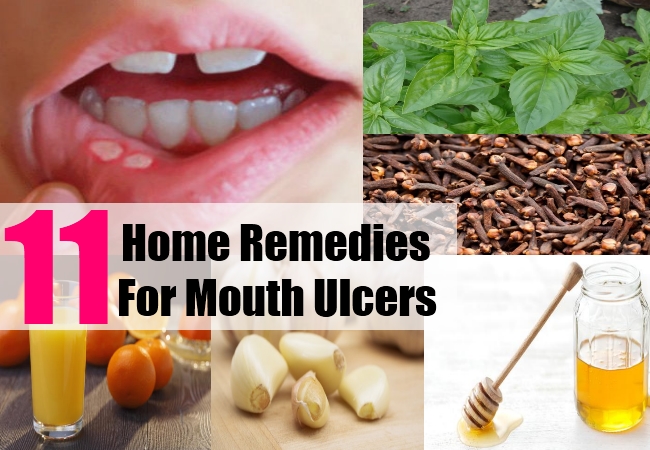 It can be of various sizes and shapes.
It can be of various sizes and shapes.
What causes a white dot on the inside of the cheek?
The appearance of a white dot inside the cheek can be caused by several reasons. This may be the result of trauma, infection, inflammation of the mucous membrane, as well as disorders in the sebaceous glands.
What symptoms accompany the appearance of a white dot inside the cheek?
Symptoms associated with an intracheek white spot may include pain, redness and swelling around the spot, difficulty opening the mouth, and purulent discharge.
How is a white dot inside the cheek diagnosed?
Diagnosis of intracheek white spot is usually based on a physical examination by a physician and a study of the patient’s medical history. In some cases, a biopsy may be required to more accurately determine the cause of the dot.
How to treat a white dot inside the cheek?
The treatment of the white spot inside the cheek depends on its cause. In some cases, surgical removal of the point may be required, and in other cases, topical treatment using anti-inflammatory drugs or antiseptics is sufficient.
In some cases, surgical removal of the point may be required, and in other cases, topical treatment using anti-inflammatory drugs or antiseptics is sufficient.
Can the white dot on the inside of the cheek disappear on its own?
In some cases, the white dot inside the cheek may disappear on its own without any treatment. However, if the dot does not disappear for a long time or causes discomfort, it is recommended to see a doctor for diagnosis and treatment.
How to prevent white dots on the inside of the cheek?
To prevent white spots on the inside of the cheek, it is recommended to follow good oral hygiene, avoid injury to the buccal mucosa, strengthen the immune system, and visit the dentist regularly for preventive check-ups.
When should I see a doctor if I have a white dot inside my cheek?
A white spot inside the cheek can be caused by a variety of causes, including trauma, infection, aphthous stomatitis, or herpetic stomatitis.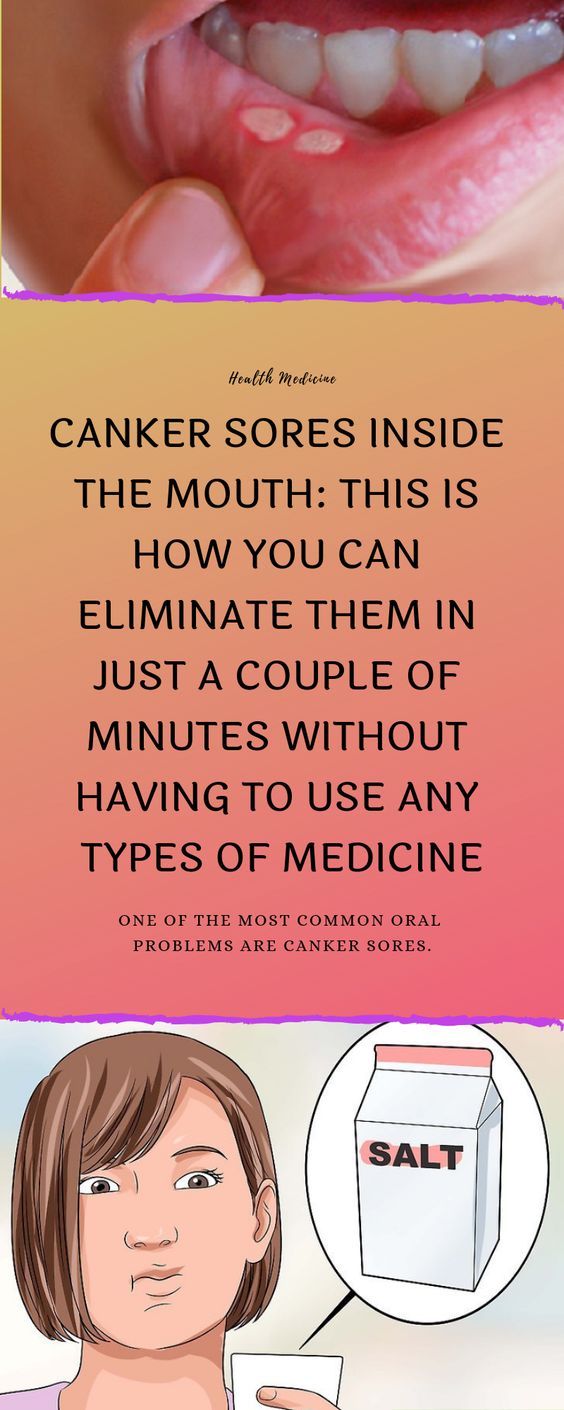 Also, it may be the result of the development of a cyst or tumor inside the mouth. To determine the exact cause, you need to consult a dentist.
Also, it may be the result of the development of a cyst or tumor inside the mouth. To determine the exact cause, you need to consult a dentist.
What symptoms accompany the appearance of a white dot inside the cheek?
Symptoms associated with an intracheek white spot may include pain, discomfort, swelling, redness, or sores at the spot. In some cases, there may be difficulty opening the mouth or eating. If you have these symptoms, it is recommended to consult a dentist for diagnosis and treatment.
Reviews
Dmitry Kuznetsov
The article is very interesting and useful, especially for me, men. I always thought that a white dot inside the cheek is not a serious problem, but it turns out that this can be a sign of serious diseases, such as aphthous stomatitis or herpes. I learned that it is necessary to see a doctor if such a point does not disappear within two weeks or is accompanied by soreness and inflammation. As a man, I usually don’t pay attention to such little things, but now I understand that oral health is very important. The article also gives advice on prevention and treatment, which is very helpful. Thanks for the info!
The article also gives advice on prevention and treatment, which is very helpful. Thanks for the info!
Dmitry
I have always wondered why white dots sometimes appear inside the cheeks. I recently came across an article that talks about this problem. It turns out that the cause of the appearance of these points can be many factors: from trauma to the mucous membrane to disorders in the salivary glands. It is very helpful to know that in most cases, whiteheads do not pose a serious health threat and can go away on their own. However, if the symptoms do not disappear or are accompanied by soreness, you should consult a doctor for advice and treatment. Therefore, if you have such a problem, do not panic, but it is better to contact a specialist to get qualified help.
Ivan
The article is very useful and informative! I first encountered the problem of the appearance of a white dot inside the cheek and found answers to all my questions. It is very interesting to know that such a point can be caused by various causes such as trauma, infection, or even cancer. The symptoms mentioned in the article also describe my situation very accurately. I am glad that the article offers various methods of treatment, including medical and surgical intervention. This gives me hope that I can get rid of this problem. All in all, the article is very helpful and helps me figure out my problem. Thank you!
It is very interesting to know that such a point can be caused by various causes such as trauma, infection, or even cancer. The symptoms mentioned in the article also describe my situation very accurately. I am glad that the article offers various methods of treatment, including medical and surgical intervention. This gives me hope that I can get rid of this problem. All in all, the article is very helpful and helps me figure out my problem. Thank you!
sweetiepie
This article is very helpful and informative for women. I recently noticed a white dot inside my cheek and was very worried. Thanks to this article, I learned that such a point can be the result of various causes, such as trauma, aphthous stomatitis, or even cancer. Now I understand that I need to see a doctor to get professional advice and treatment. The article also provides useful oral care tips, such as brushing your teeth regularly and using a soft toothbrush. I am very grateful to the author for such useful information, which helped me understand my problem and take the right measures.
Dmitry
The article is very useful and informative. I have long been interested in the issue of white dots inside the cheeks and finally found comprehensive information. The symptoms described are indeed consistent with my observations. Now I understand that such points can be caused by various reasons, from injury to infections. It is very important to know about possible complications and the right approach to treatment. Thanks to this article, I learned about various treatments that will help me get rid of whiteheads. It’s great that the authors of the article also talk about prevention and oral care. I will recommend this article to my friends and acquaintances, as it is really useful and can help many people.
Vladimir012
The article is very useful and informative. As a man, I always try to take care of my health and am attentive to any changes in my body. It is very interesting to learn about the causes and symptoms of the appearance of white dots inside the cheek.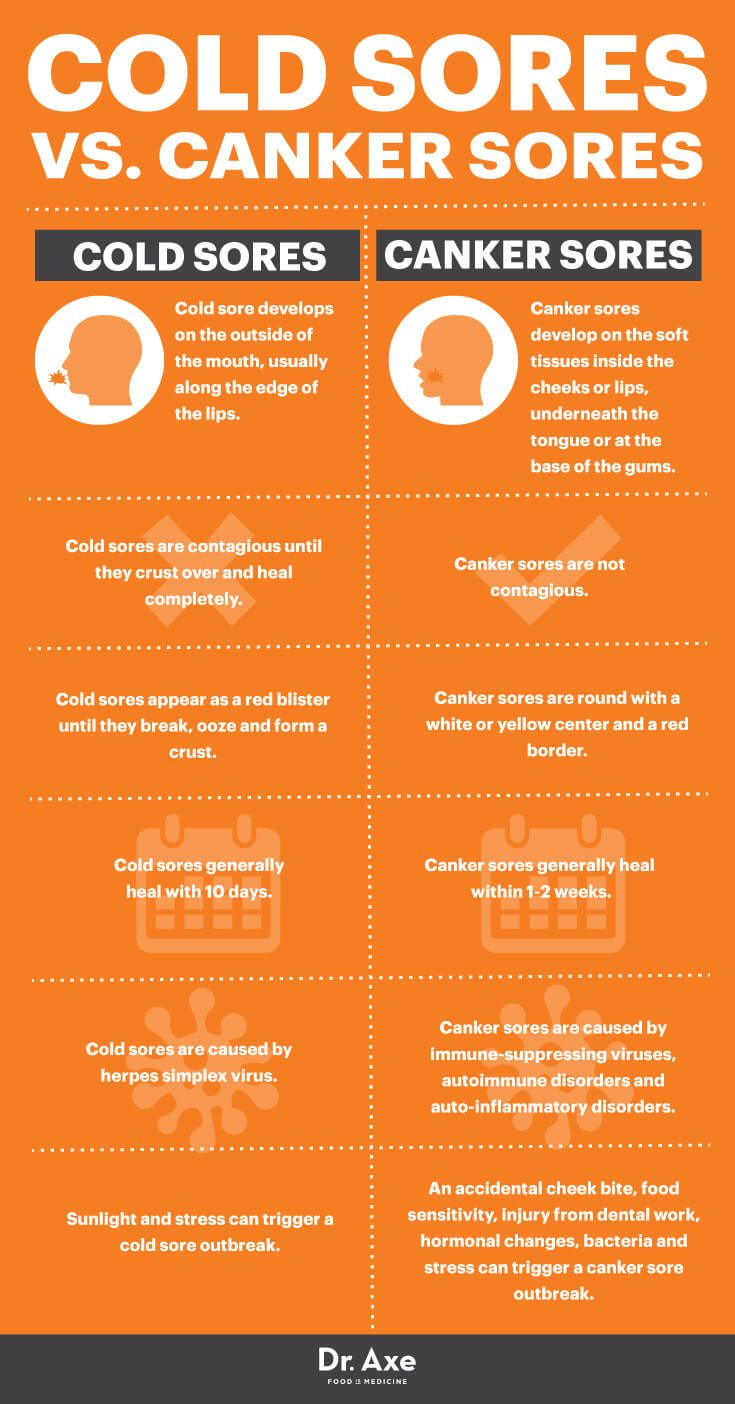

 In such cases, it may be necessary to remove the tumor surgically.
In such cases, it may be necessary to remove the tumor surgically.